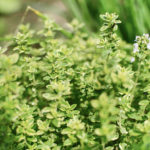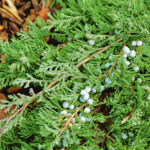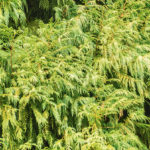3 tips for planting a tricky slope PLUS 20 plants that will thrive on slopes
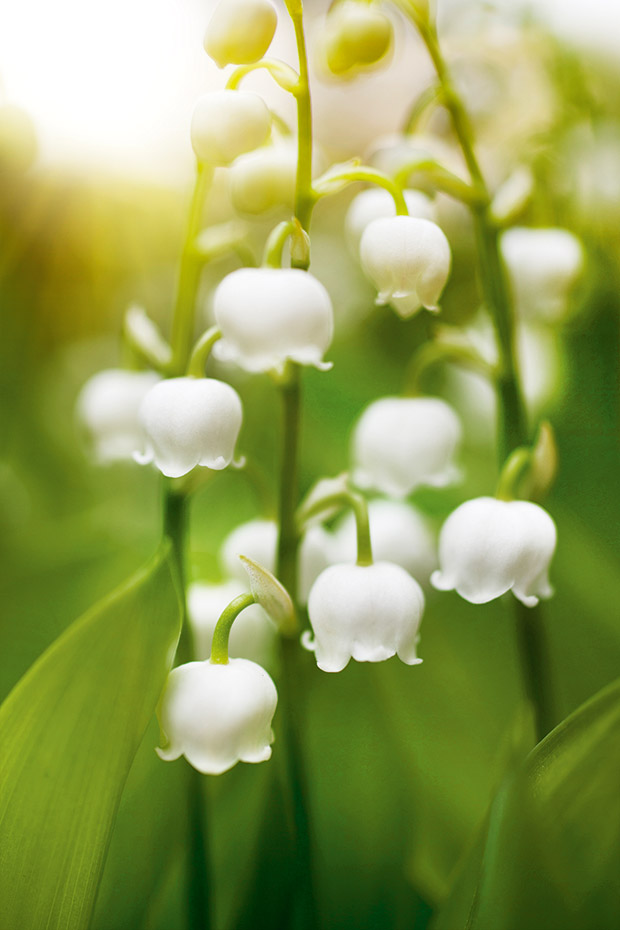
Lily of the Valley.
A little ingenuity and the right plants can help you overcome one of the biggest landscape challenges, the awkward slope.
Words: Jane Wrigglesworth
1. Go for low maintenance plants
It’s awkward and uncomfortable working on a slope, even one that’s not steep. Make it easier for yourself by selecting varieties that:
• are drought-tolerant;
• are self-seeding (and/or spreading);
• require little to no pruning or dead-heading.
2. Avoid planting invasive or extremely fast-growing plants
The initial growth spurt of fast-growing plants will fill a space quickly, but almost all require regular hacking to look tidy and can become a pest when they spread to other areas.
3. Time the blooms
Select plants that bloom at different times, so there’s always something colourful and interesting. If you like a particular plant, different varieties may be the answer. For example, thyme is the perfect low-growing evergreen perennial: drought tolerant, spreading, its bright-coloured flowers attract bees, and there’s a range of varieties that flower at different times of the year.
20 GOOD PLANTS FOR SLOPES
For slopes in the sun:
• thyme (any species)
• trailing rosemary
• creeping juniper variety Blue Rug (Juniperus horizontalis) has a great matting effect
• daylilies
• Coprosma (any species)
• Grevillea (any species)
• Carex (any species)
• arctotis (African daisies)
• Gazania
• Osteospermum
• flaxes
• rock rose (Cistus)
• California lilac (Ceanothus)
• Geranium traversii
- Thyme.
- Blue Rug creeping juniper.
- Siberian carpet cypress.
For slopes in the shade:
• lily-of-the-valley (Convallaria majalis)
• astilbe
• Siberian carpet cypress (Microbiota decussata), likes full sun or part shade, leaves turn bronze-purple in winter
• Japanese pachysandra
• Geranium macrorrhizum
• Microsorum pustulatum, a native, drought-tolerant fern
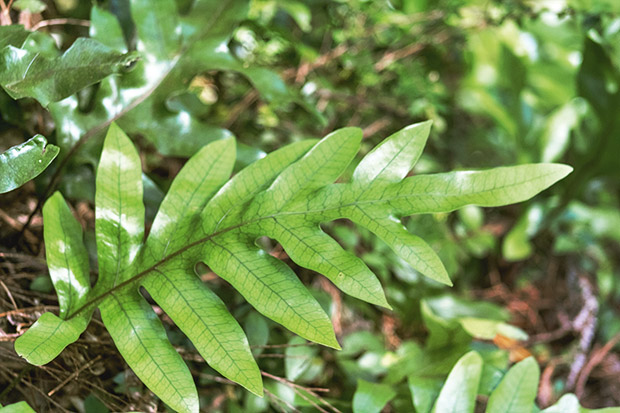
Microsorum pustulatum.
JANE’S TIPS
• ground covers are one of the best ways to beautify a slope and help prevent erosion;
• mass-planting is a good idea, but go for a variety of different plants – one plant en masse can look monotonous, and if a disease or pest hits it, there’s a higher chance of it wiping out the entire area, leaving it bare;
• mixed plantings also disguise small gaps or flaws in the slope.
To add interest:
• plant a couple of low-growing shrubs or trees;
• try clumps of spring-flowering bulbs, such as tulips and daffodils.
Love this story? Subscribe now!
 This article first appeared in NZ Lifestyle Block Magazine.
This article first appeared in NZ Lifestyle Block Magazine.
